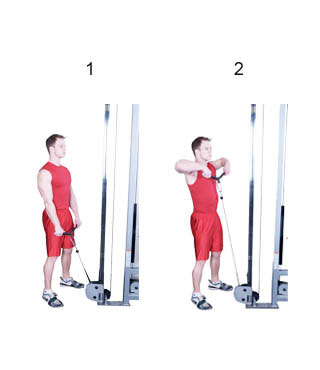This course focuses on post injury prevention and reconditioning exercises for clients that have had or are at risk of having an athletic (sports) related injury. Functional anatomy, postural evaluation and muscle imbalances will be used to develop exercise strategies for common sports related injuries.
Target population:
- Course Instructor: Tim Rush
- Lab Technician:
- Semester: Four
Lab Sections:
- Section 1:
- Section 2:
- Section 3:
- Section 4:
Lab Schedule
| Course: PHRE 3040 - Resistance Training | Movement Pattern: Pull | vertical | Target: Deltoid (Medial) | Synergist(s): Trapezius |
| Exercise |  | ||
| Regressions: | Progressions: | ||
| Key Teaching Points | Expectation: [if 456 equals="Supervised Practice"]Supervised Practice [/if 456][if 456 not_equal="Supervised Practice"]Independent Learning[/if 456] | [579] | |
|---|---|---|---|
| Description: | The conventional, narrow-grip barbell upright row tends to be quite stressful on many client's shoulders. A much better alternative is to use a cable, elastic or dumbbell which allows the wrists to adjust to a client's body shape, as well as limiting how high you bring the weight.
Caution: Don't be too quick to increase to heavy loading with this exercise (as it is more stressful on the shoulders). | ||
| Common Error(s): | Using Excessive Momentum | Forward Head Posture | ||
| Spotting: | |||
